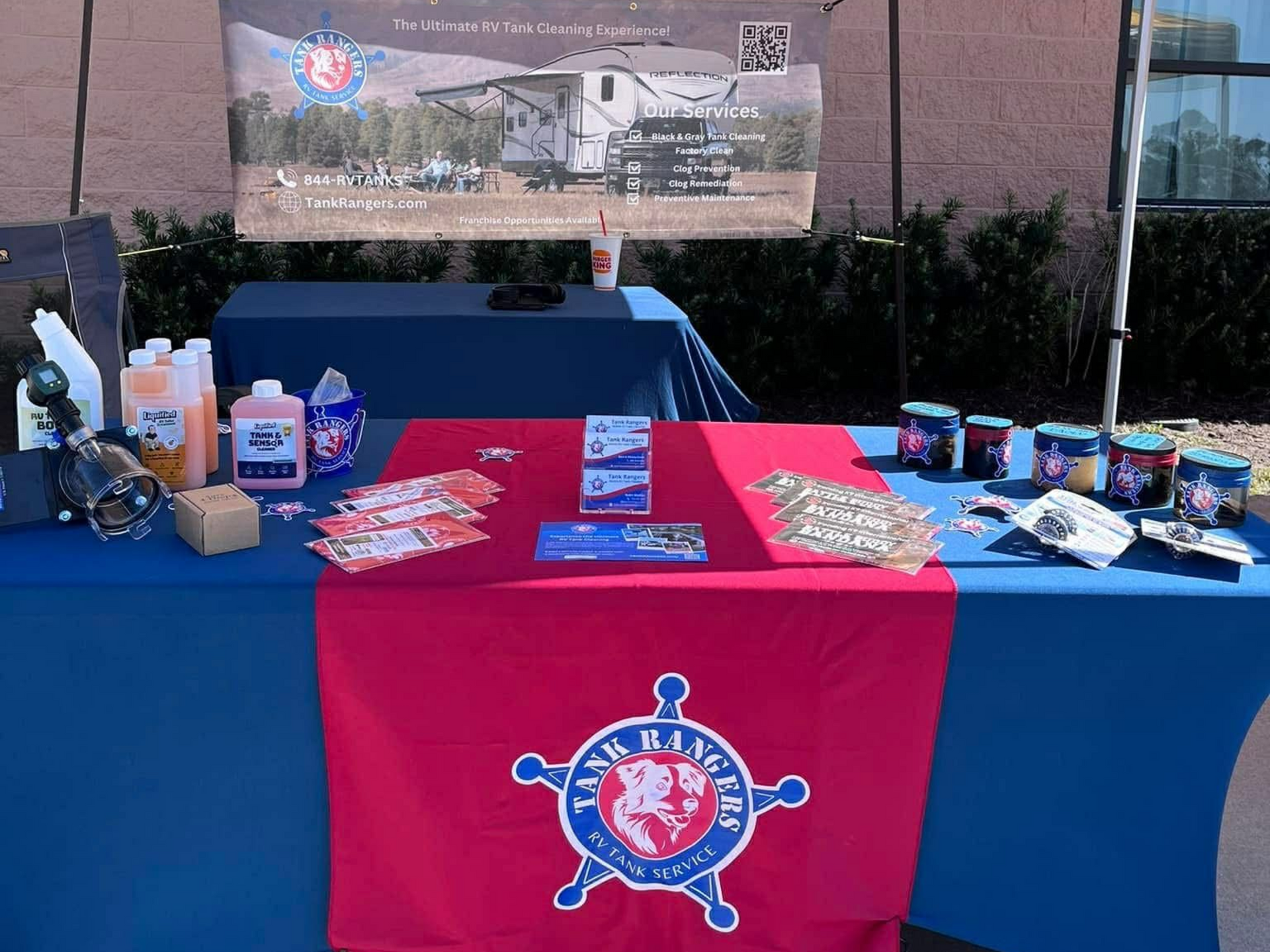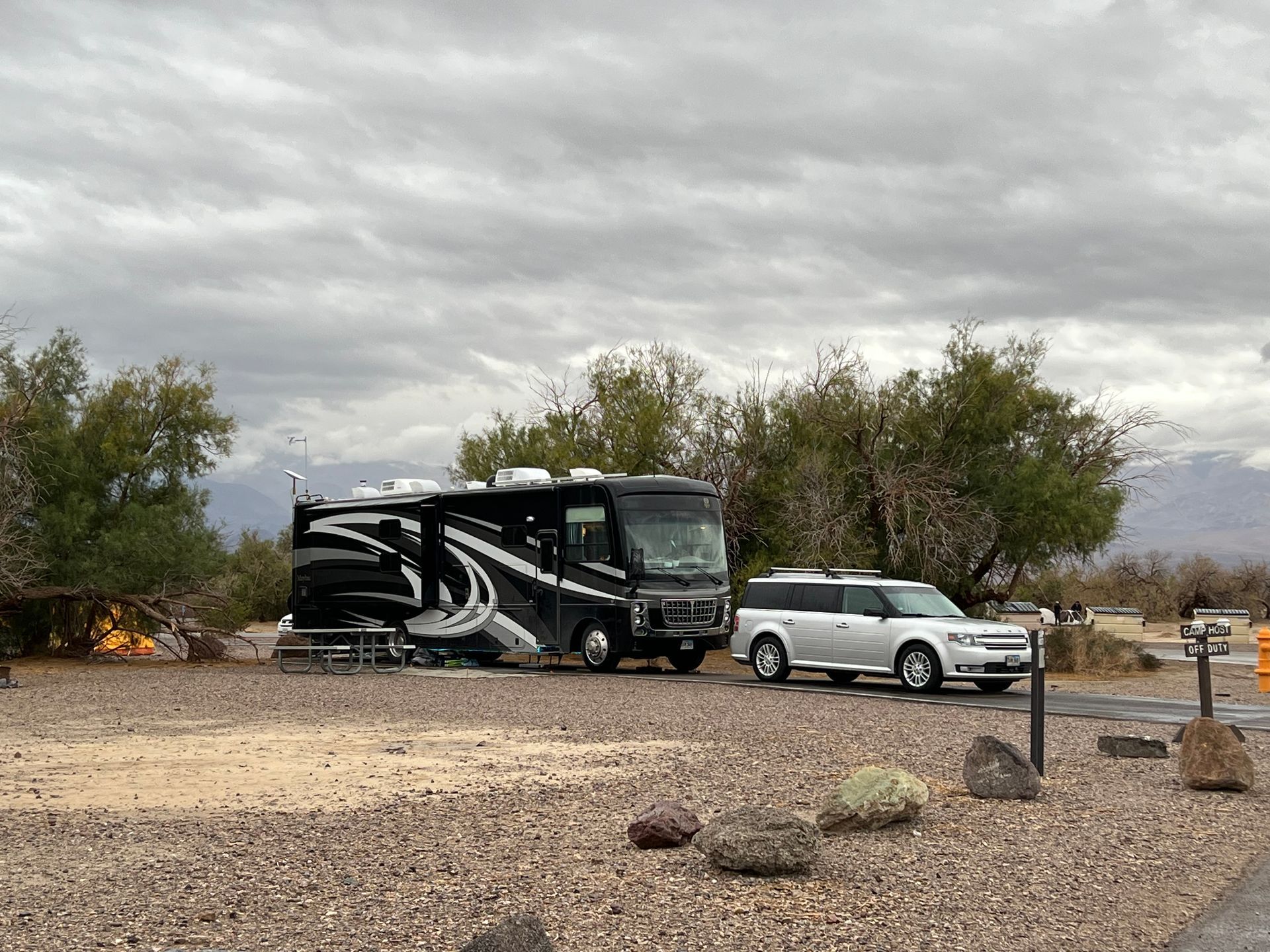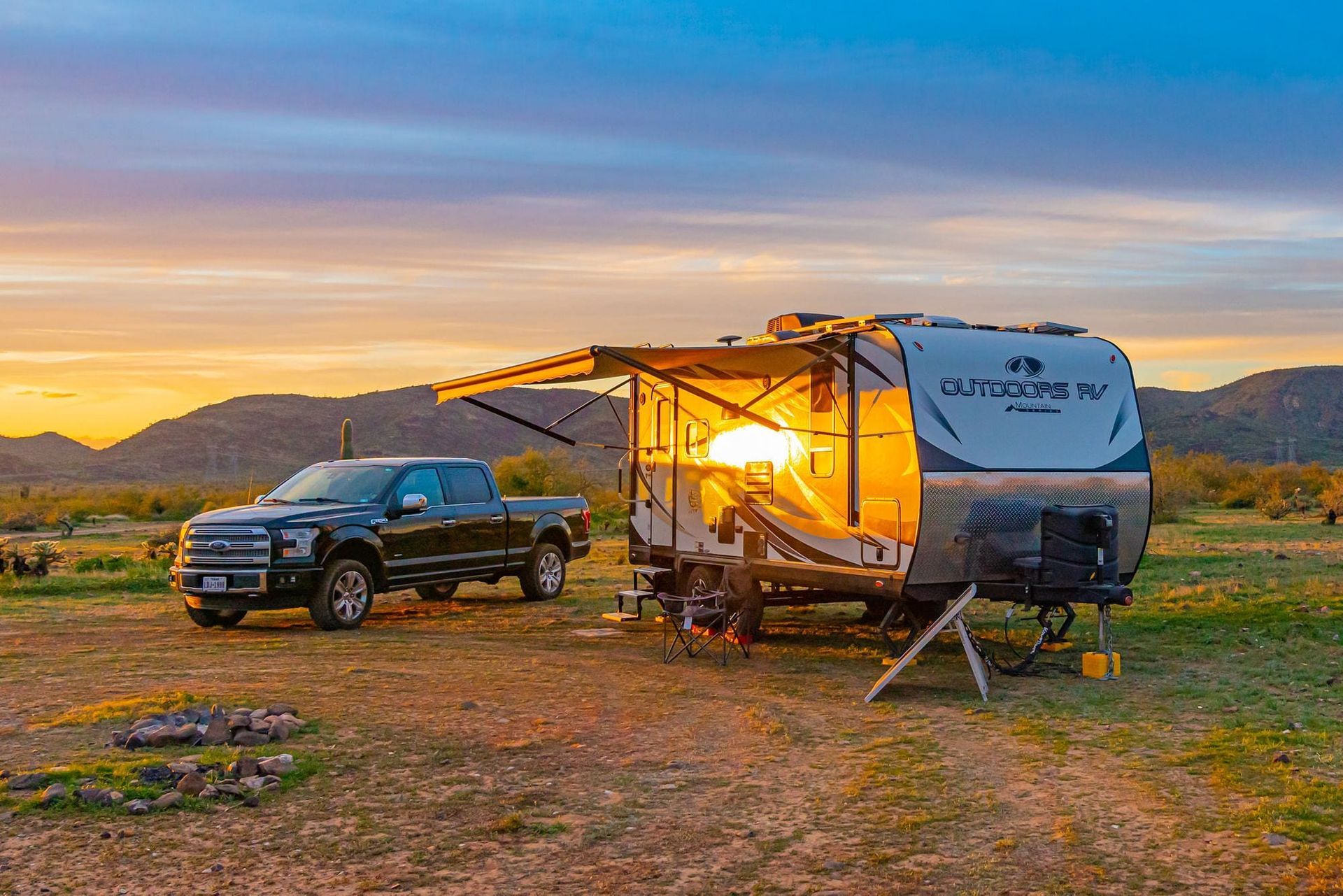Traveling With Pets
Ashley Wright • October 30, 2025
My family launched from western WA where we had a large garden and a small farm. We used to have chickens, ducks, guineas, goats, alpacas, and a miniature horse. However, we had a lot of pets, too. A dog, a cat, birds, a fish tank, tarantulas, and a rabbit. Needless to say, we downsized quite a bit when we moved into our bus, but we still kept our dog, cat, and rabbit.
When traveling with pets, there are a number of considerations you need to keep in mind.
- Vet care: How will they receive regular vet care? Do your pets require more consistent care, or is a yearly visit enough for them?
- Temperature regulation: RVs of all types can get very hot very quickly. How will you keep things at a reasonable temperature for your pets so they don’t overheat?
- Traveling: How will your pets travel? Is it safe for them, you, and other people on the road? Do your pets tolerate traveling? How can you make it more tolerable for them?
- Food: Do you feed a national brand that you can reliably get anywhere? Do you make your pet’s food, and if you do, will you be able to keep making their food while on the road?
Each of our pets have different difficulties and special needs. However, they all are mostly healthy, which certainly makes things easier for us.
Traveling with a Dog

Dogs are very popular to travel with. Their barking can help people feel safer in their rigs. Our dog, Bella, is a German Shepherd. She’s a great dog, except she has separation anxiety. When we leave her in our rig, we have to make sure that anything remotely edible is put up. Over the years, she has eaten a large box of cookies (I think this is what started off her anxiety), several packs of tortillas and ramen when her harness got caught on and opened up a drawer, 5 pounds of raw potatoes (yes, at once!), my purse, several other buckskin items, loaves of bread, apples, and more.
Early on, we figured out that if we left our bedroom windows open, the crossbreeze would keep things cool. However, we worry about our anxious dog bust through our flimsy window screens. So, we closed the door to our bedroom and left the pets in the main part of our bus with the A/C. Well, I think it’s safe to say that our dog did not appreciate this. When we came home, not only had she gotten into and eaten quite a few of my dried herbs, but there was blood everywhere! In attempting to get into our bedroom, she apparently tore one of her nails, then kept trying. It looked like a crime scene. So, we’ve learned that she needs access to our bed while we’re gone. We keep the windows closed and turn on the A/C.
The legalization of marijuana in many states has made acquiring CBD tinctures much easier, so we gave that a try a couple of years ago. I think it helps her. Just if you try it with your pet, make sure it’s pet safe. To my knowledge, THC is toxic to pets, so we’re careful to get CBD-only, pet-safe tinctures. These are oil-based and our dog LOVES her “gravy.” Granted, she’s been known to eat wood filler and rocks, so she might not be the best judge. It does seem to make her calmer, but we still make sure all food is inaccessible.
Traveling with a Cat

When we started traveling, our cat was not a fan. Our vet gave us some calming treats for both the cat and the dog, but unfortunately, our cat decided they were clearly poison (and they didn’t do a ton for our dog). However, once we park, she’s fine. So, we always have 3 sets of blankets for her crate so we can change them if she gets sick. It probably took her about a year to decide that drive days were okay. Not great (she is SO HAPPY when we stop!), but tolerable.
I always try to minimize how much time my pets spend in their travel crates. (At least, for the cat and the rabbit. The dog loves her crate and asks to spend extra time in it.) So one day, we started driving and had forgotten to put our cat in her crate. It was only a few minutes before I heard her crying and went back to retrieve her. Ever since then, when the bus gets turned on, she asks for her crate. She’s figured out that while she doesn’t love it, it’s much better than being loose in the back!
Traveling with a Rabbit

My rabbit is a special case. He’s an angora rabbit, which is a type that has been bred in captivity for a really long time (reports are conflicting and lack evidence, sadly). What we do know is that they are incredibly docile and calm breeds. My particular bun has a lot of attitude, and is really more like two rabbits. When he’s freshly sheared, he is energetic and acrobatic. When he is in full fluff mode, he spends nearly all his time laying down. Because he is an angora, though, we have to be very careful of temperatures. Anything over 85F can be deadly to a rabbit, more so to an angora in full fluff.
Temperature Control
To moderate our bus’s temperature, we try to stay in moderate temps. This doesn’t always work out, but we’re usually able to do a pretty good job of it. We also have 2 A/C units, a bunch of solar, and good batteries. While we can’t run our A/Cs overnight while boondocking, we can run them all day if need be. We have also been known to hang up a wet (not dripping) towel with a fan blowing on it as a DIY swamp cooler. This works best in the desert. Finally, we can freeze water bottles and add them to our rabbit’s cage so he can lay down next to them to cool off. If it’s really hot, I will also shear him early so he can be cooler, even though that means I can’t use his fiber. (Be warned, however, that this isn’t good for all animals; German Shepherds are not supposed to be shorn and it can damage their coats and skin.)
One final thing of note about rabbits is that we have to be extremely careful with cords. Rabbits love chewing cords! When we had our bus made, we made sure that all outlets would be located above table or counter level so that we could keep them out of his reach. However, my kids have still lost several charging cables and pairs of headphones to the ravages of the rabbit.
Health Care
If your pet only needs a yearly checkup to get more dewormer and updates on vaccines, then PetCo’s VetCo has worked well for us. They’re nationwide, somewhat reasonably priced, and we can usually get an appointment quickly.
Since we’re always somewhere new, we’re careful to keep our pets up-to-date on all vaccines and dewormer. Some areas (like where we launched from in Western WA) don’t have heartworm, so we didn’t have to deal with it before. But now, we’re most likely going to be in and out of places that do have heartworm. We already have to figure out new laundromats, campgrounds, and grocery stores everywhere we park; we don’t want to also have to research what diseases or parasites are prevalent. So, we just make sure they’re fully covered.
One important note about regional health concerns: Be careful in the southwest. There is a fungus,
Coccidiodes immitis, or more commonly Valley Fever. I thought it was just in the Sonoran desert, but on further research, it seems to be all over the southwest. This fungus can make pretty much anyone very ill, but dogs seem to be especially susceptible. So, if you can, feed and water your dog inside your rig. We always have our dog’s water outside (if it were in, the mess would be unmanageable!), so after she’s had her fill, we turn the water dish over. Before she gets a fresh bowl, we rinse it out again, just to make sure. So far, this has worked well for us.
Travel Safety

While you are hauling your house down the road, hurtling 60+ mph, the safest place for your pets is confined to a crate, in the same space as the humans in your family. Some dogs do well with being buckled in with a harness. At any rate, it’s important that they’re contained.
Loose animals can be a danger to passengers, the driver, other people on the road, and in the case of an accident, anyone who tries to help. If our dog wasn’t crated for the drive, she’d spend the whole time trying to get into my husband’s lap, nevermind that he’s driving and she’d have to go over me to do it. Just like people, pets vary, but you never really know how your pet will react. It’s safest for them to be crated.
It’s also unsafe to have your pet(s) in a hauled RV. Travel trailers and fifth wheels can get pretty tumbled around back there. Also, they get VERY hot during drives. Generally, A/Cs are not designed to be run while the rig is in motion. In our rig, we have minisplits that are designed for stationary use. We want them to last as long as possible, so we make sure they’re off during drives.
Since my family has a skoolie (converted school bus), we had a separate driving compartment made with a reinforced wall behind the passenger seats and the door is solid wood. All of our possessions are secured in the back, not potential missiles to hurt us. Our pets are in their individual crates on the floor. The dog’s is bungied in as it is quite large and would be dangerous in an accident. Ideally, we’d bungie in the cat and rabbit crates, too. This arrangement is safe and comfortable, and we can keep an eye on our pets during the drive, too.

Traveling with pets takes some extra work, no doubt about it. However, it’s very rewarding. If we’d had to get rid of our three pets when we moved into our bus, it would have been a more difficult transition. As it is, they help calm us, provide company and affection, and usually seem to enjoy the experience.
Other blogs you might like...











